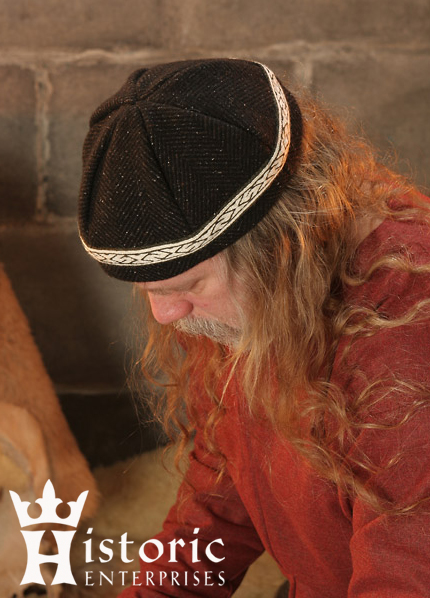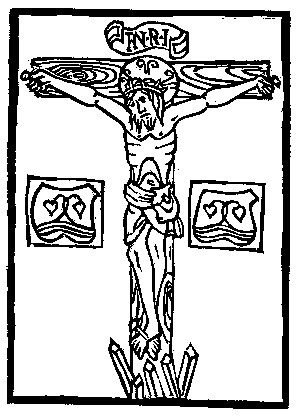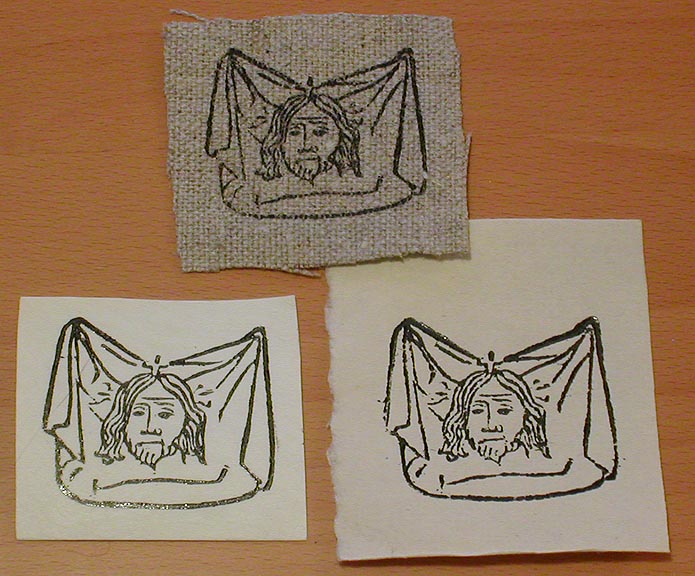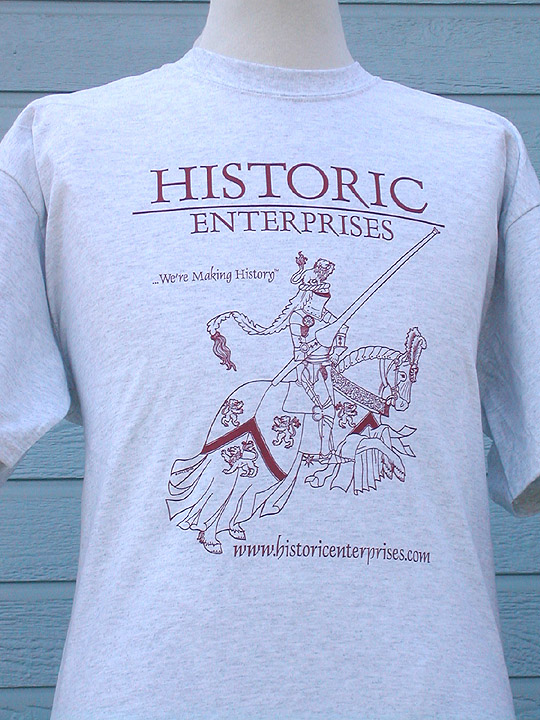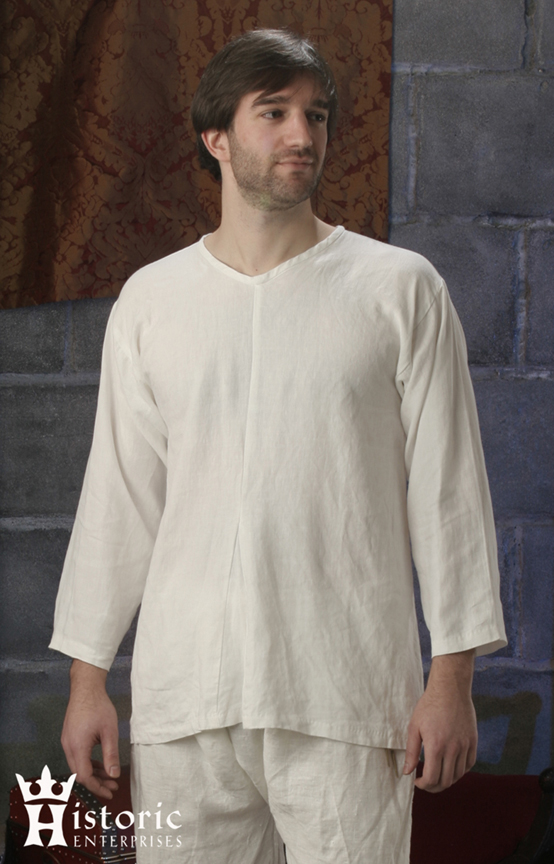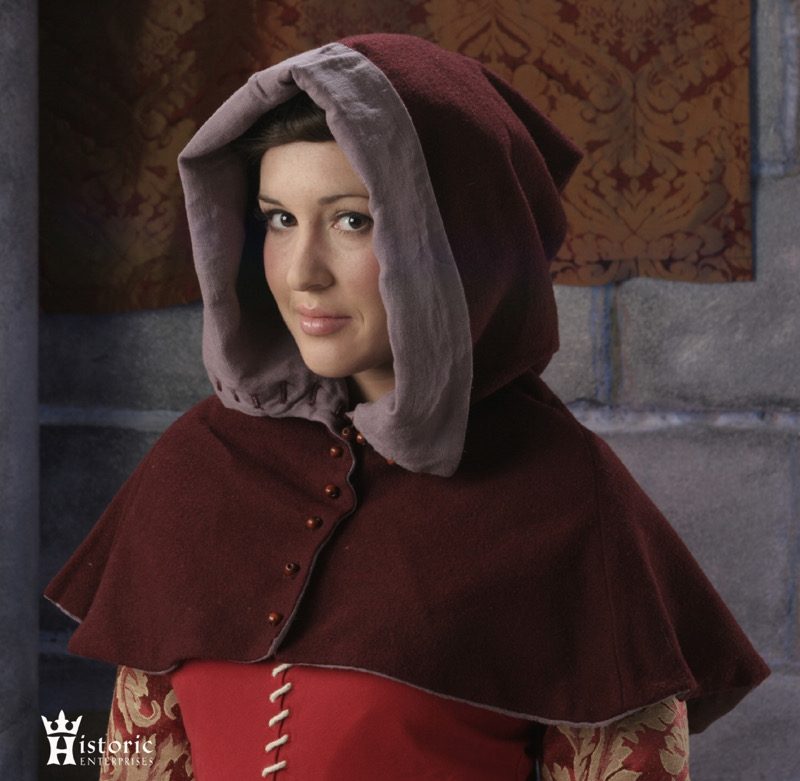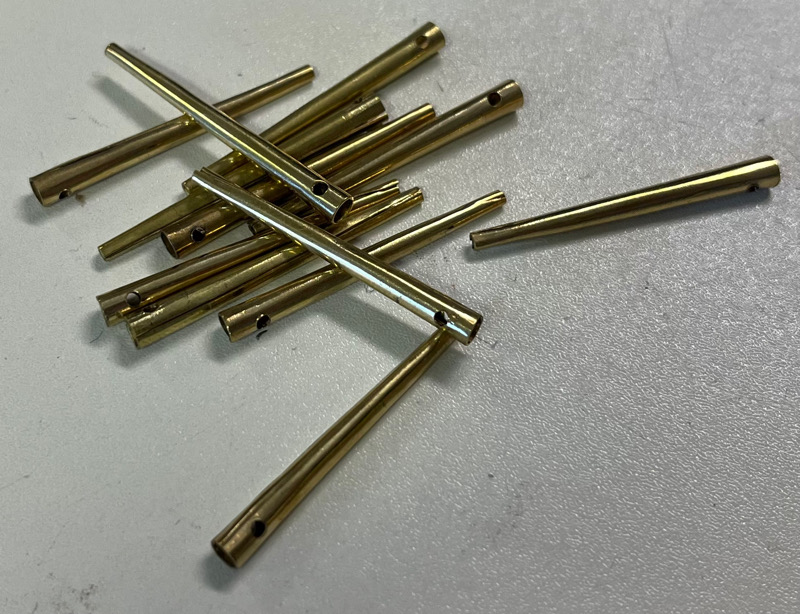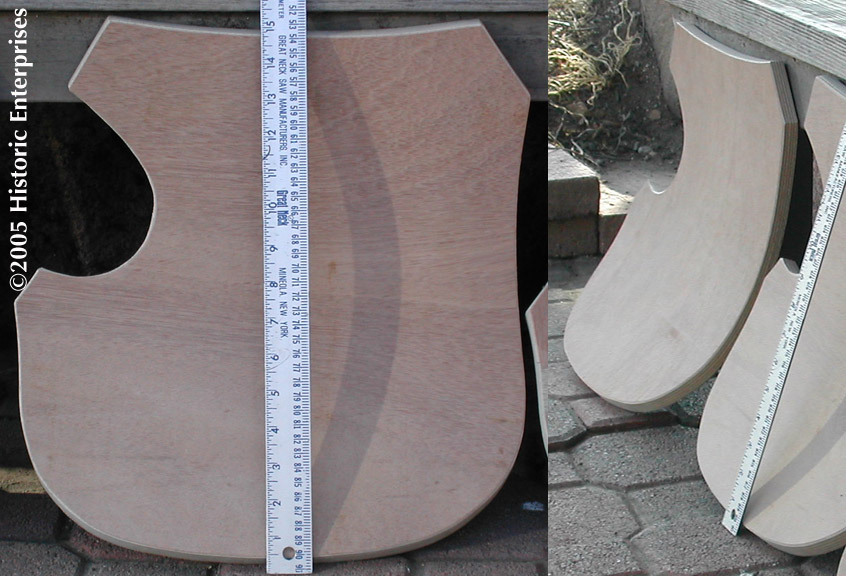I. ABOUT THE DESIGN
This arming doublet is specifically designed as a foundation for late 14th to early 16th C. full plate harness.
The peplum (over your hips) is designed to bear and distribute the weight of your leg armour over your entire hip area, rather than from your waist or shoulders. The waist seam should hit you right at your waist (even with your navel) and stay there when your arms are raised to shoulder height.
The arming doublet is not padded, and will not make up for insufficiencies in coverage or poor fit in your harness.
II . ADJUSTMENT
-Leave spiral lacing in back open and fairly loose.
-Point the garment closed from neck to hem and pull together so front edges overlap completely.
-Have someone tighten the back laces until the doublet is very tight around your hips. You should be able to breathe, walk and sit, and you should not be in discomfort!
-The peplum bells out at the bottom to allow you room to move your legs. When adjusting the laces be sure the waist is tight, but it should not be necessary to pull the very bottom edge in.
-Raise your arms to should height to settle peplum around hips before making final adjustments to the back lacing.
Once the back is adjusted, you will be able to take the doublet on and off with the points in front without ever touching the back laces again. The points will allow you to don and remove the doublet quickly and achieve the same fit without having to spiral lace yourself in and out each time.
III. PEPLUM
The peplum arrangement and size is the most critical fit of the garment. You should be able to tighten it as much as you need to to make it very tight around the hips, yet still have 1”-2” gap in reserve in case the fabric stretches or you loose a few pounds. If there is no gap in the back you may want to consider trying the next smaller size.
Once the peplum has been tightened and the waist settled, you may see a horizontal wrinkle about 4” above the waist. This is entirely normal, as you may need that bit of slack to draw on when you raise your arms.
IV. IMPORTANT NOTES ABOUT THE GARMENT
A) This is a foundation garment to support the harness and allow it to work properly. As such it fits very closely to the body, possibly more closely than you are accustomed to. Take a few minutes to move in it and you will discover that your range of motion in armour is not impeded or hampered by the fit. This is not a fencing jacket, and range of motion possible in the arming doublet alone is not designed to exceed the range of motion possible while in harness.
B) The garment is not intended to do the job of armour. If you wear cuisses without greaves to help support them, you may rip the peplum off the doublet. The garment was not designed to support cuisses by itself, regardless of the weight or design of the cuisses.
C) Use the correct number of arming points to correctly distribute weight and stress. Arm and leg harness should be supported with at least 2 points per limb, and 3 is better.
D) The garment is not designed to withstand non-historical combat use such as fighting from the knees.
E) The garment is designed to be worn with armour. The weight of the armour makes the doublet fit the body differently than it does when worn alone. It is very likely that the doublet will fit you better with your armour on than without.
F) The sleeves of the doublet are intentionally very long and very tight. Push the sleeves up the arm away from the wrist before putting on the lower cannons of your vambrace. Doing so creates slack in the elbow area, allowing the upper and lower part of the sleeve to work independently of each other.
G ) The eyelets are very small as supplied. They will stretch with use, but if you find they are too small for the chapes of your arming points to pass thru, they can be made larger with an awl, dibble or any tool with a smooth taper. Even a pair of closed needle-nosed pliers can be used. Insert the tool into the hole and gently push until the opening is enlarged as much as necessary.
H) The waist area is closed with a spiral lace. The back has been laced and the front started for your convenience. Have a look at how the back is laced and duplicate the lacing pattern on the front.


